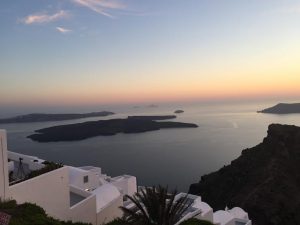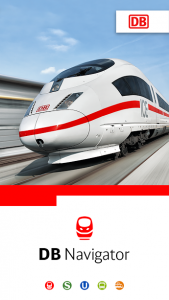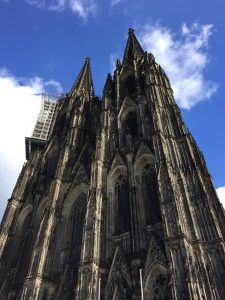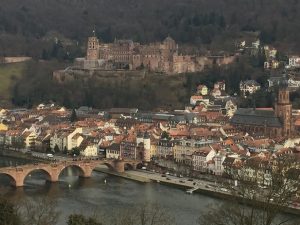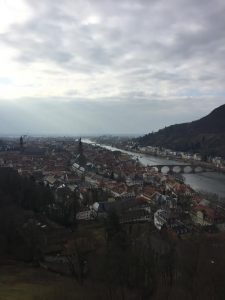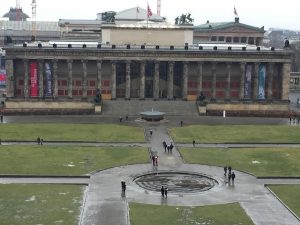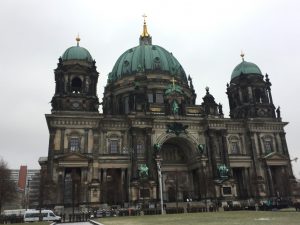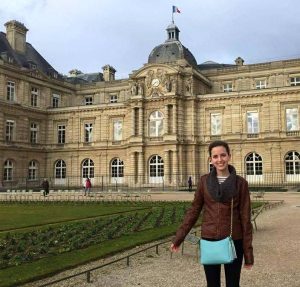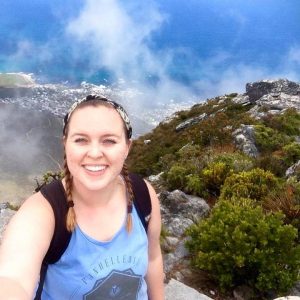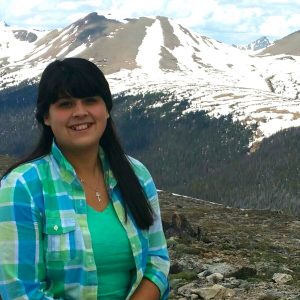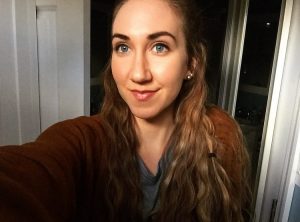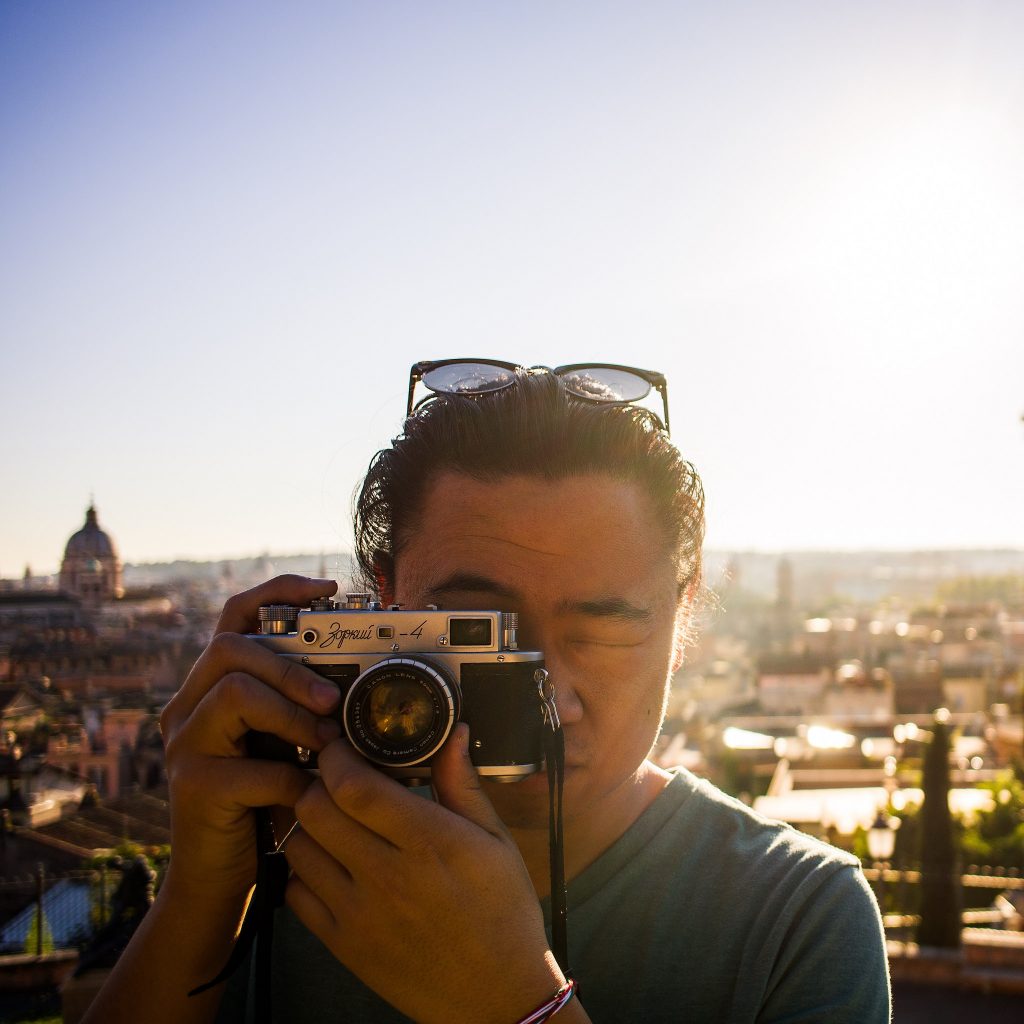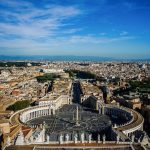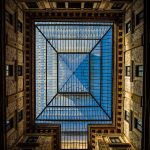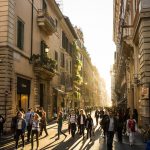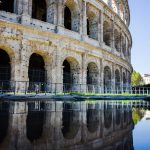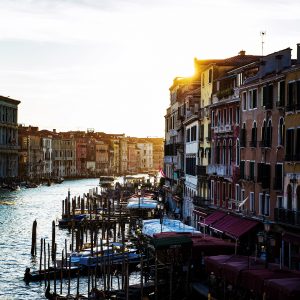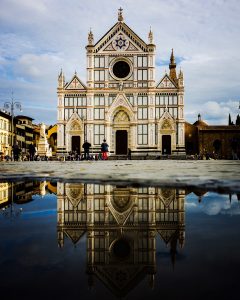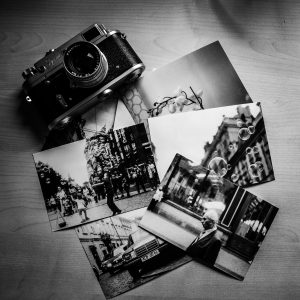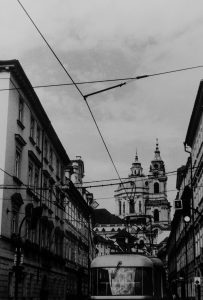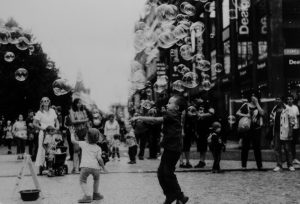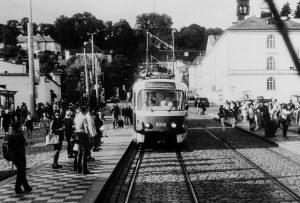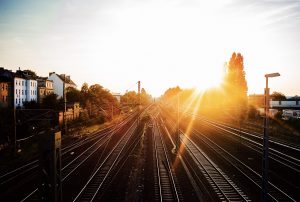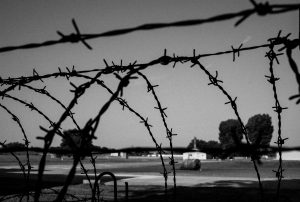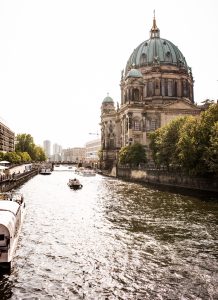Blogger: Alyson Kneusel
Program: Reutlingen, Germany – Study Center
During my study abroad experiences, I have gone to places that I thought only existing in stories, textbooks, and myths. Nowhere was this truer than with my travels in Greece. To celebrate my birthday, my mother visited me, and we traveled to the Greek island of Santorini and Athens. I was impressed by the variety of sites 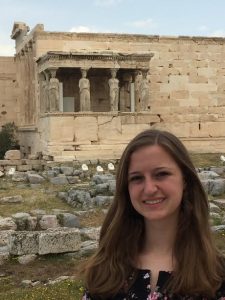 I found in Greece, as some areas were valued for their beauty, but others for their history. Although I have seen many amazing sites during my time abroad, I don’t think I could ever be as impressed by anything as I was by the beauty of Santorini and the antiquity of Athens.
I found in Greece, as some areas were valued for their beauty, but others for their history. Although I have seen many amazing sites during my time abroad, I don’t think I could ever be as impressed by anything as I was by the beauty of Santorini and the antiquity of Athens.
The Greek island of Santorini is recognized as having one of the most beautiful sunsets. When I looked at pictures on Trip Advisor, I thought that there was no way the island could actually be that beautiful. It was. Santorini has all white adobe-like buildings, often with blue roofs. These buildings were almost always built in a terraced style up the side of the cliffs. From our table on the ledge outside our hotel room, you could see an absolutely breathtaking view of the sunset and the surrounding islands. As I looked at this beautiful view (shown below), I remember feeling like I stood alone on the edge of the world.
One of the best things to do in Santorini is to take a Caterman sailboat ride so that you can see the nearby volcanic island and enjoy the warmth. You can also view the red, white, and black beaches (named for the color of the rock). This was quite possibly the highlight of my vacation. At one point, our boat anchored near a natural hot spring, and we were able to swim from the boat to the hot spring. Of course, in order to do so, you had to swim through the chilly water between the boat and the spring!
As if that were not enough adventure, we went next to Athens. Easily the most impressive aspect of Athens was the Athenian Acropolis, which contains the Parthenon along with numerous other ancient Athenian temples and ruins. Perhaps the most enchanting part about the Acropolis was recognizing the part it played in history. If I had not studied Greek mythology, Athenian democracy, the writings of Greek Philosophers, and world history, no doubt the Acropolis would have seemed a lot more like a bunch of impressive marble rocks. However, I was able to imagine what they might have been like during the height of ancient Greece and what Aristotle might have thought as he contemplated his Nicomachean ethics and looked up at the same Parthenon that I, myself, was viewing.
It was a humbling experience. Realizing how long these structures (dating back to nearly 500 BC) had stood in that same place and how many people over the centuries had viewed them made me realize how small a part I really play in the long history of humanity. The Parthenon has  stood through numerous empires from the Persian wars, to the Peloponnesian wars, Roman influence, and even later, through the Ottoman Empire. Not to say that my life is insignificant, more that this just provided a humbling experience, which reminded me how important it is to save these antique structures for posterity so that they too can appreciate them as I did. Perhaps in the year 4000 someone will write about how the ancient peoples of the early 21st century influenced and viewed the Athenian Acropolis!
stood through numerous empires from the Persian wars, to the Peloponnesian wars, Roman influence, and even later, through the Ottoman Empire. Not to say that my life is insignificant, more that this just provided a humbling experience, which reminded me how important it is to save these antique structures for posterity so that they too can appreciate them as I did. Perhaps in the year 4000 someone will write about how the ancient peoples of the early 21st century influenced and viewed the Athenian Acropolis!
Until next time,
Alyson Kneusel
